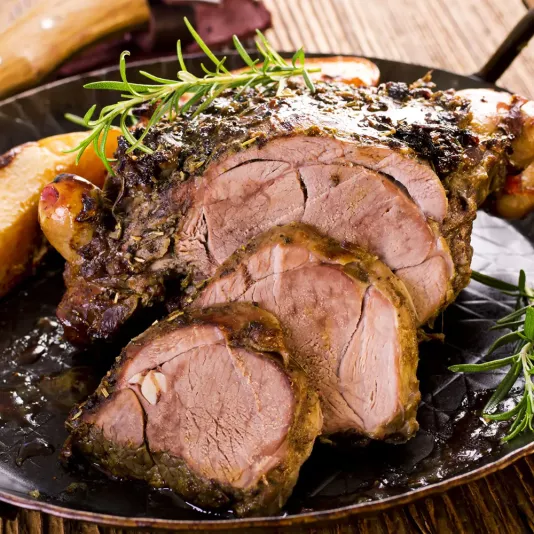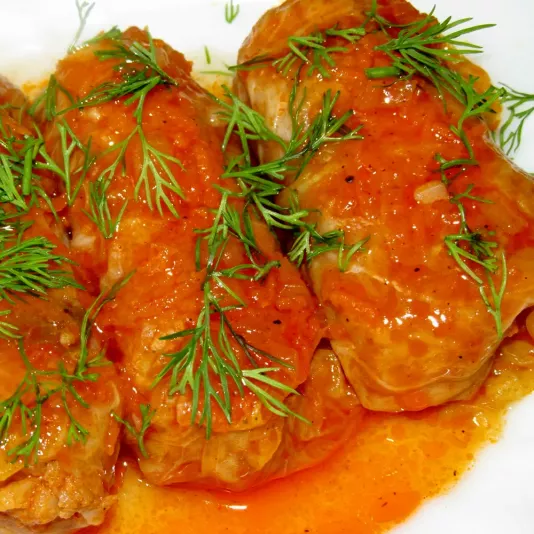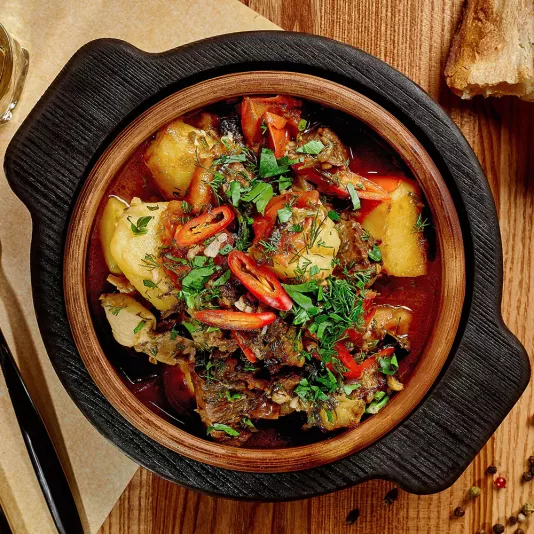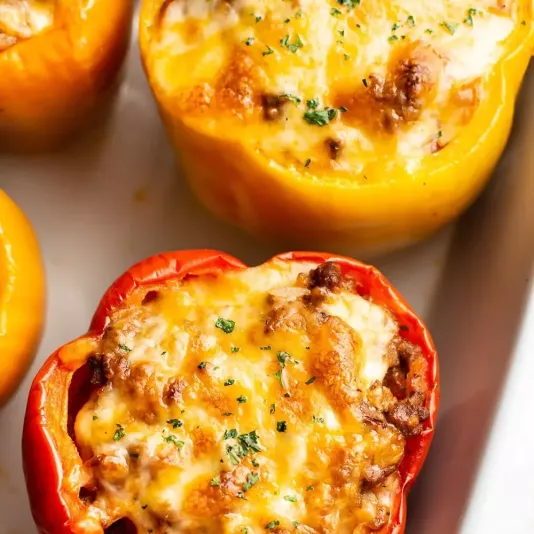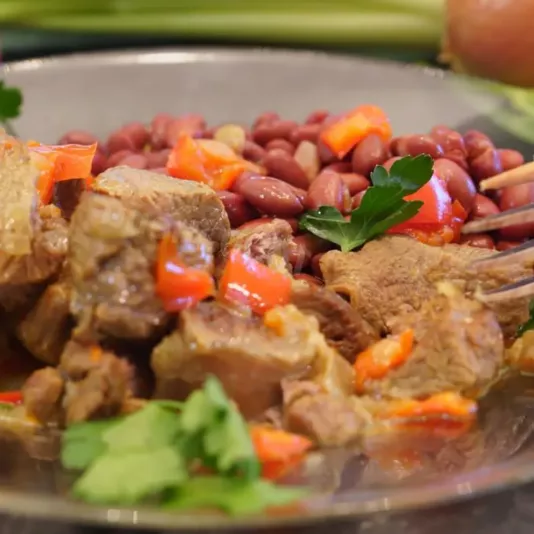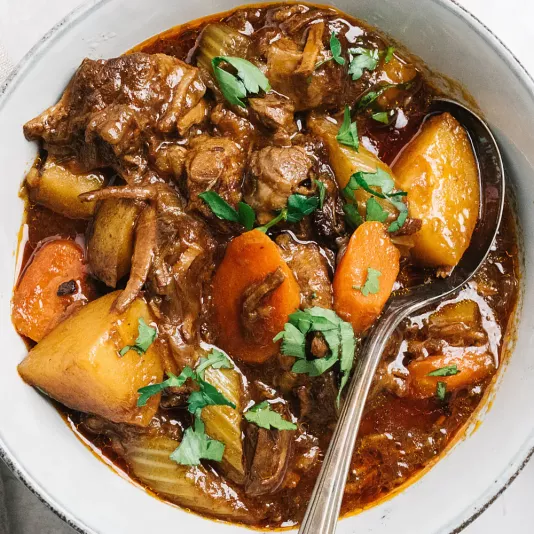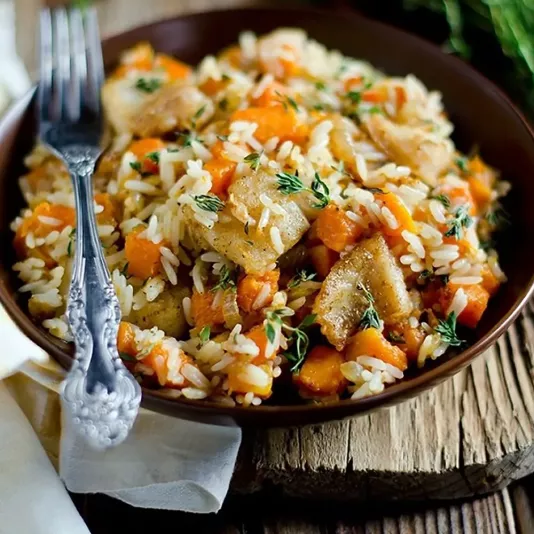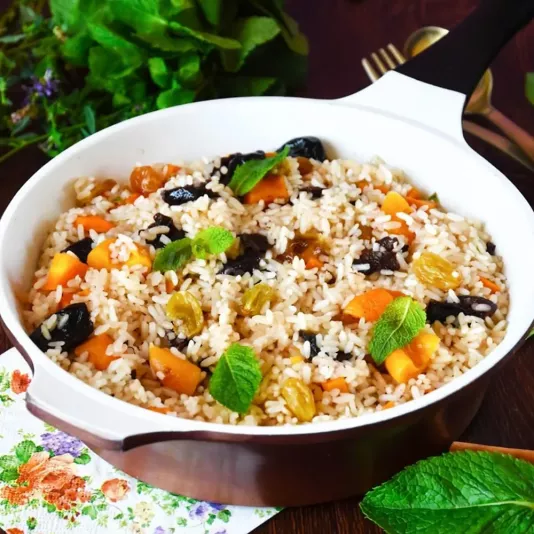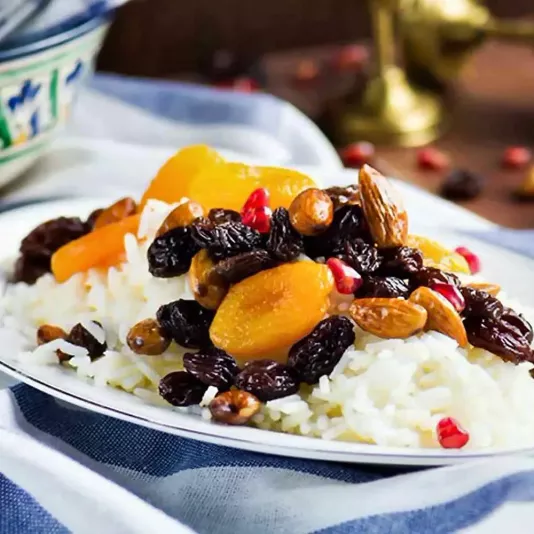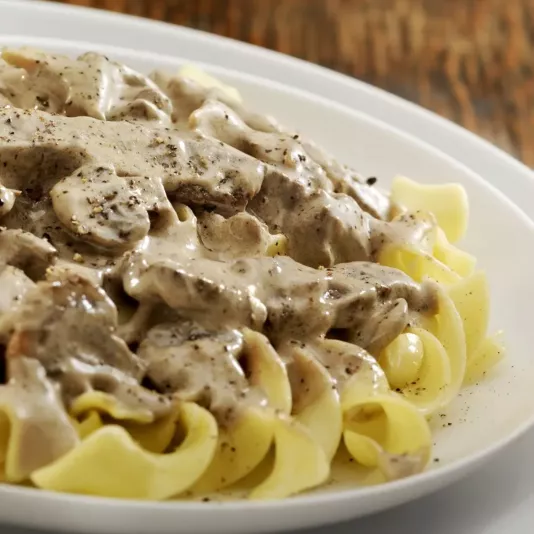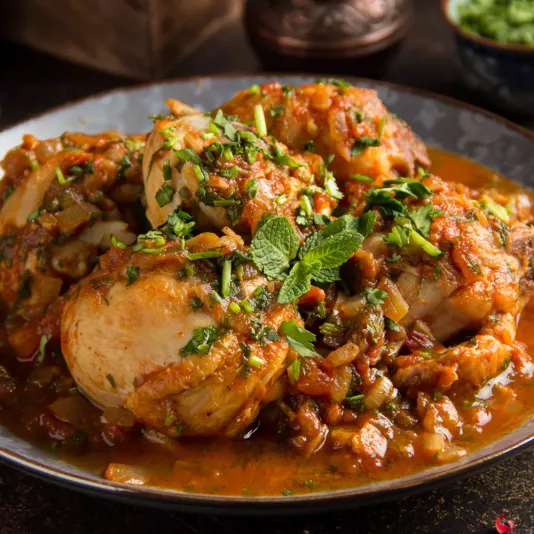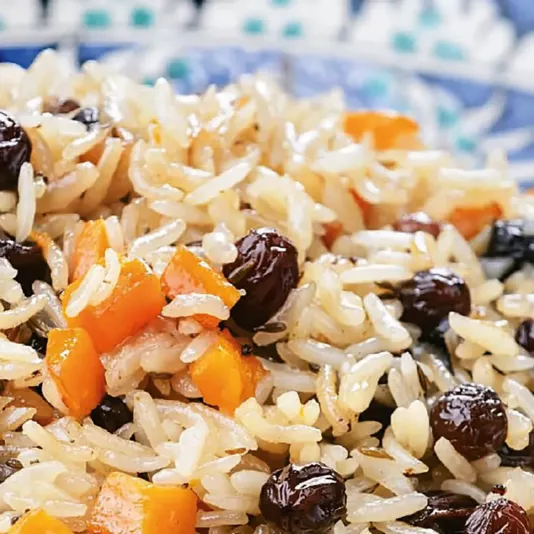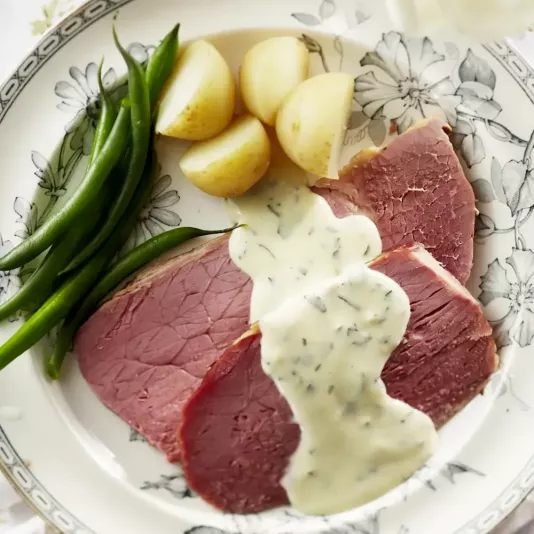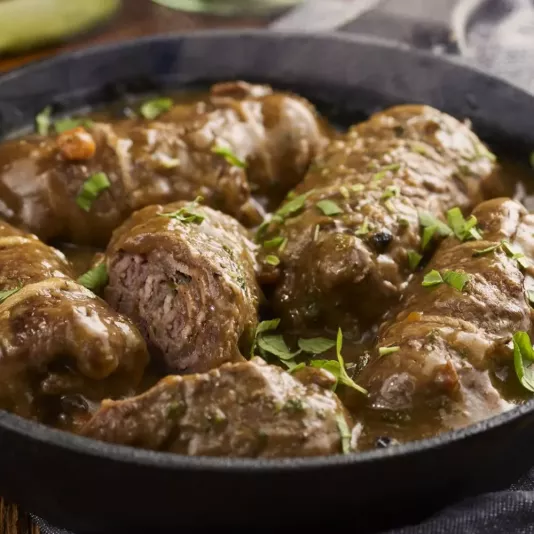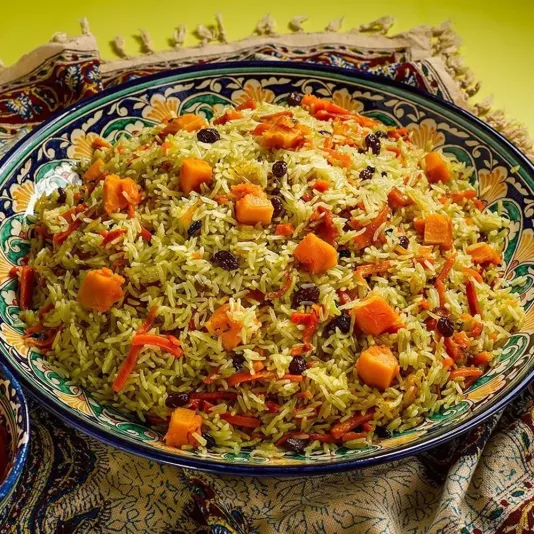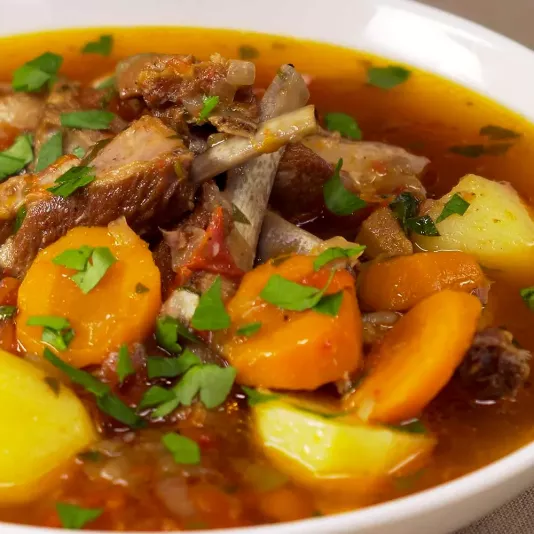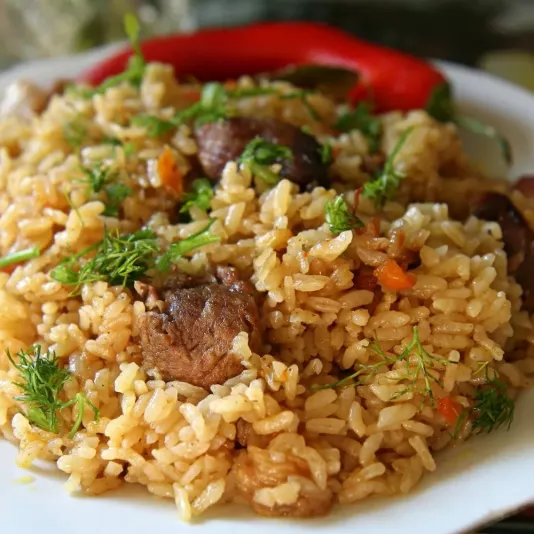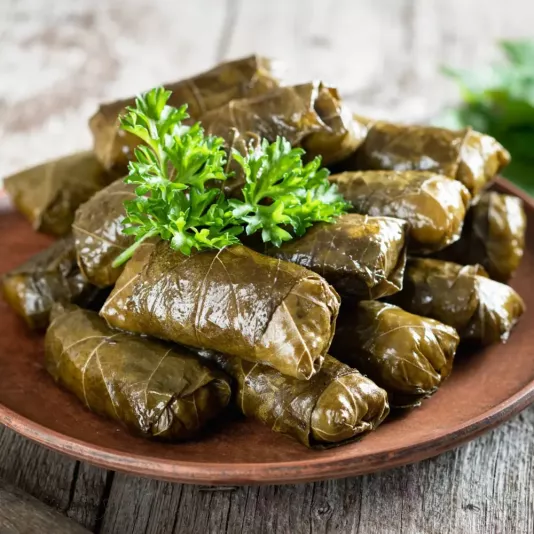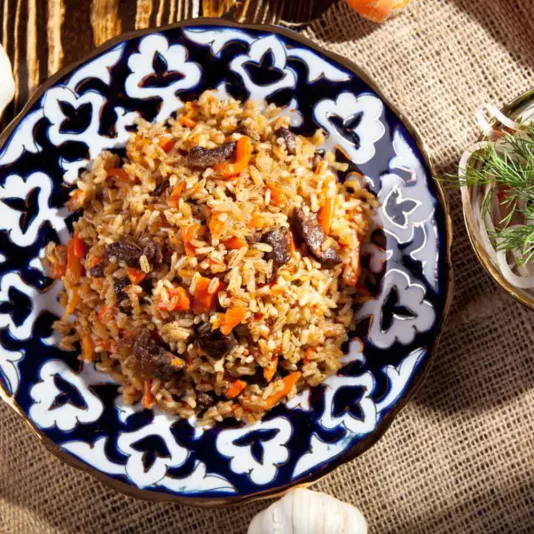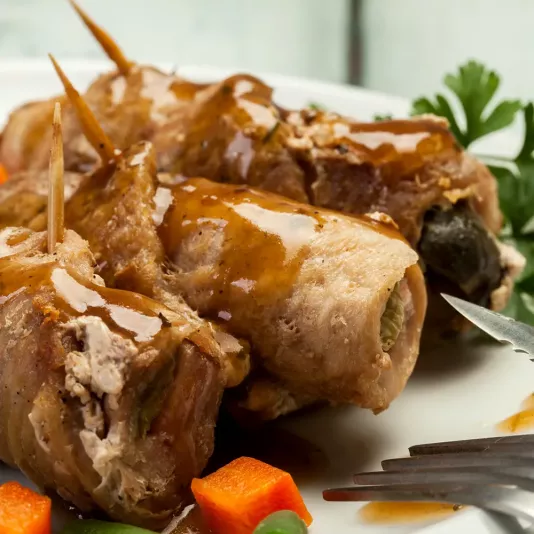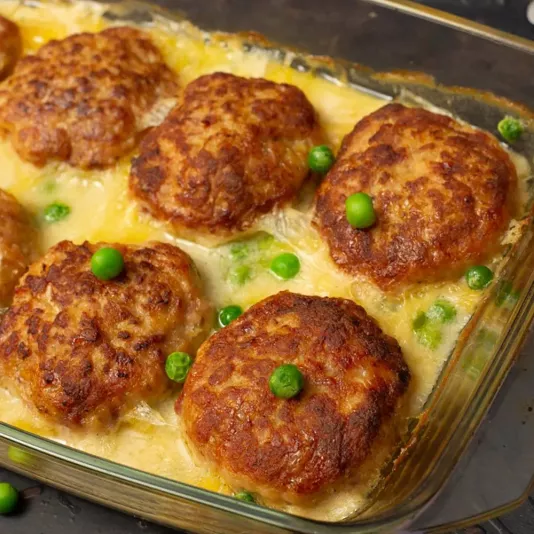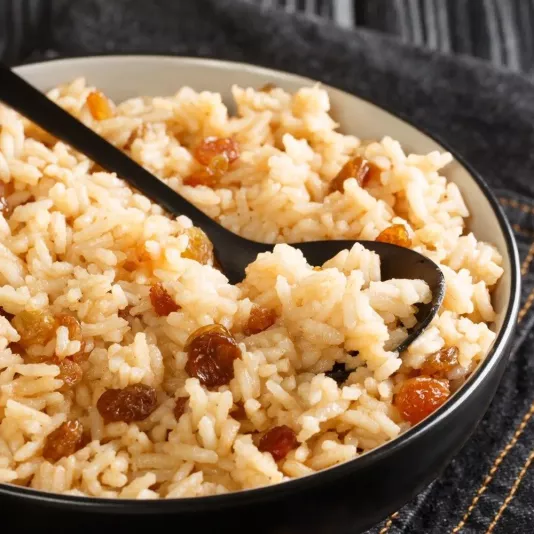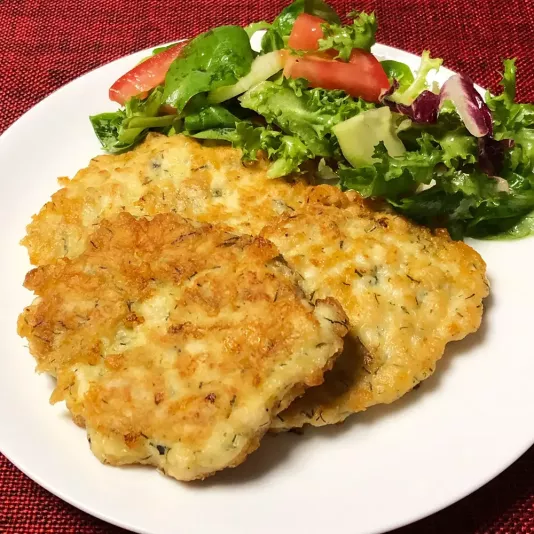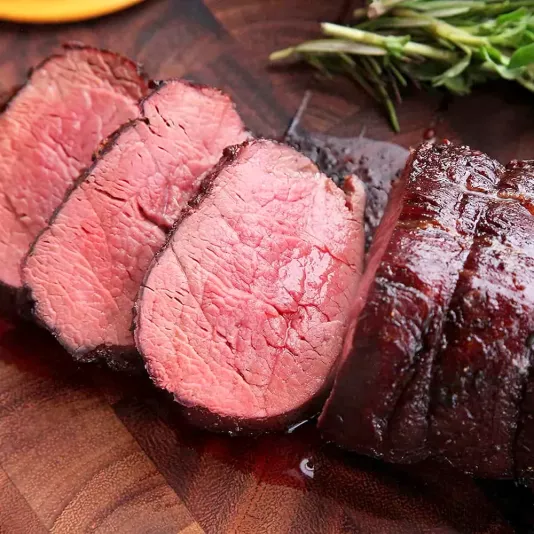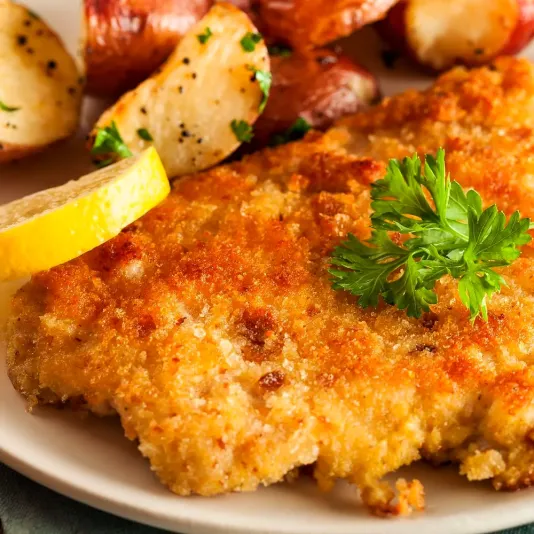Main Dishes
Main dishes are a true field for a chef’s creativity. In my practice, I’ve often been convinced that the secret of success lies not only in the right recipe but also in the ability to understand the product. For example, meat should be chosen based on the structure of its fibers, as this determines its tenderness after cooking. Vegetables must be fresh, with firm flesh so they don’t fall apart. I always monitor the temperature during cooking: too high heat will quickly sear the surface but leave the center raw, while too low heat won’t form a delicious crust. When preparing main dishes, I strive for harmony – so that every bite is full of flavor and the aroma inspires a desire to repeat the meal. That’s why I treat each recipe not as a set of steps, but as an opportunity to show respect for the product and mastery in details. A chef’s trained eye notices the smallest things – even how a dish behaves over heat. Experience gives the sense of balance, and when that sense is present, the dish always turns out well, regardless of its complexity.
Main Dish Recipes
Over the years in the kitchen, I’ve realized that the true power of main dishes lies in the ability to express the character of the product. Meat requires attention to time and temperature, fish – to moisture, and vegetables – to texture. A main dish should be balanced: protein, side, and sauce must form a whole. For example, stewed meat pairs well with light grains or steamed vegetables, while baked meat is best complemented with a rich sauce for deeper flavor. I always check doneness not just by appearance but by touch – the tenderness of meat or elasticity of fish says a lot. When a dish turns out perfect, it doesn’t need extra decoration, as its taste speaks for itself. But for me, it’s also important that it’s cooked with soul – then even a simple casserole feels like a gourmet dish. I often notice that even small details – resting time, serving temperature, or the right dishware – can completely change the perception of a meal.
Choosing Ingredients for Main Dishes
Selecting quality products is the first step toward success. I always recommend buying meat with an even layer of fat, without foreign smell or excess moisture. Fish should have clear eyes, firm skin, and shiny scales. Vegetables must be firm and fresh – even slight softness can ruin the final flavor. For cooking, I use cold-pressed oil because it preserves the natural aroma and doesn’t develop bitterness. I add spices gradually: better less than to oversalt or overpower the flavor of the product. These small things determine the final result. If the ingredient is of high quality, even the simplest dish will look restaurant-worthy. I also always pay attention to seasonality: spring vegetables are more tender, so they cook faster, while winter ones require longer processing. Often, attentiveness to the origin of ingredients determines how harmonious the dish will be. In my experience, the best results always come from things made with care even before cooking begins.
Main Dish Cooking Techniques
Knowing heat-processing methods helps avoid common mistakes. Frying requires precise heat control: I heat the pan to medium so a crust forms without burning. Baking requires accuracy – 180°C (356°F) allows the product to cook evenly while staying juicy. Stewing requires patience: too short a time won’t reveal the flavor, while too long will make the dish bland. Boiling under a lid preserves aromas, but it’s important not to overcook, or the texture will lose firmness. Over the years, I’ve learned to determine readiness not just by sight but by smell – it changes when the dish reaches its ideal state. Each method has its nuances, and experience comes only with practice. I often advise beginners not to rush and to observe the process: cooking doesn’t tolerate haste. Another secret is not to fear combining techniques, as mixing stewing and baking creates an amazing depth of flavor.
Flavor Pairings in Main Dishes
Balance is the key to a perfect result. When composing a menu, I always consider contrast: if the meat is fatty, I add a tangy sauce or a light side. If the fish has a delicate flavor, I highlight it with herbs and lemon. Vegetable dishes pair well with nuts, grains, or legumes that add texture. Don’t be afraid to experiment, but know your limits – too many spices or too much salt will destroy harmony. I follow the rule that flavor should unfold gradually, not overwhelm with sharpness. Such moderation gives the sense of a professional dish, even when cooking at home. Another secret: a warm dish should sound on the plate like an ensemble – nothing should dominate. When that balance is achieved, the result is felt from the first bite. I always say that a true dish is a dialogue between ingredients, where each has its own voice, and when that dialogue is harmonious, the flavors stay in memory for a long time.
Storage and Serving of Main Dishes
Even the best dish will lose its appeal if it’s served or stored incorrectly. I always cool dishes before placing them in the refrigerator because sudden temperature changes harm the flavor. I store meat no longer than two days, fish only one day, and vegetable dishes under plastic wrap so they don’t lose moisture. Before serving, I reheat over low heat or in the oven to avoid drying out. Serving should be simple but neat: clean dishes, the right temperature, and a thoughtful arrangement of components on the plate. I always make sure the dish looks as appetizing as it smells because that’s the first thing guests notice. Good presentation is the finishing touch that highlights the chef’s effort and makes any meal special. And most importantly – don’t rush: even the best dish deserves a few seconds of attention before serving, as it’s at that moment it becomes a true part of the celebration of taste.



